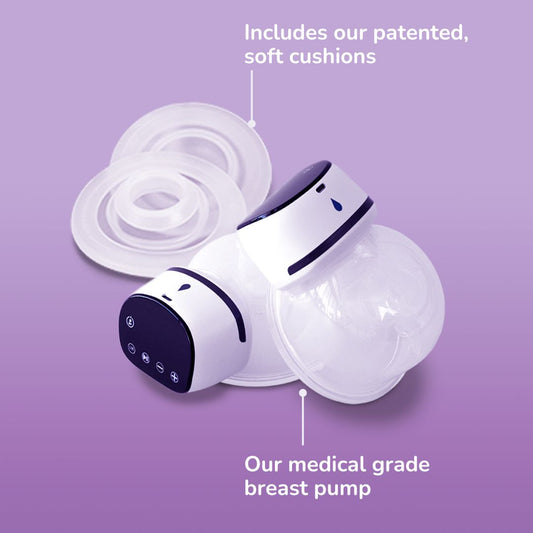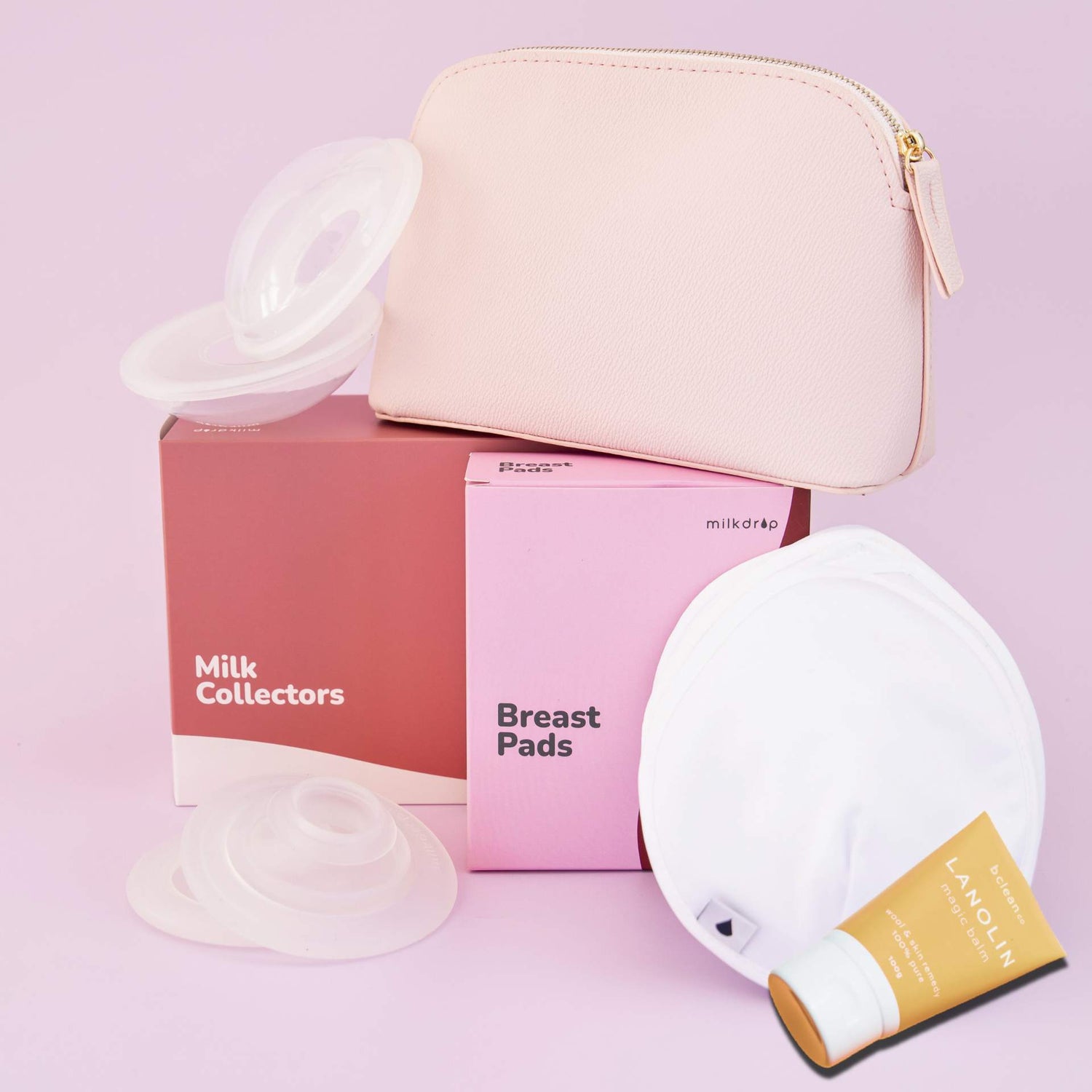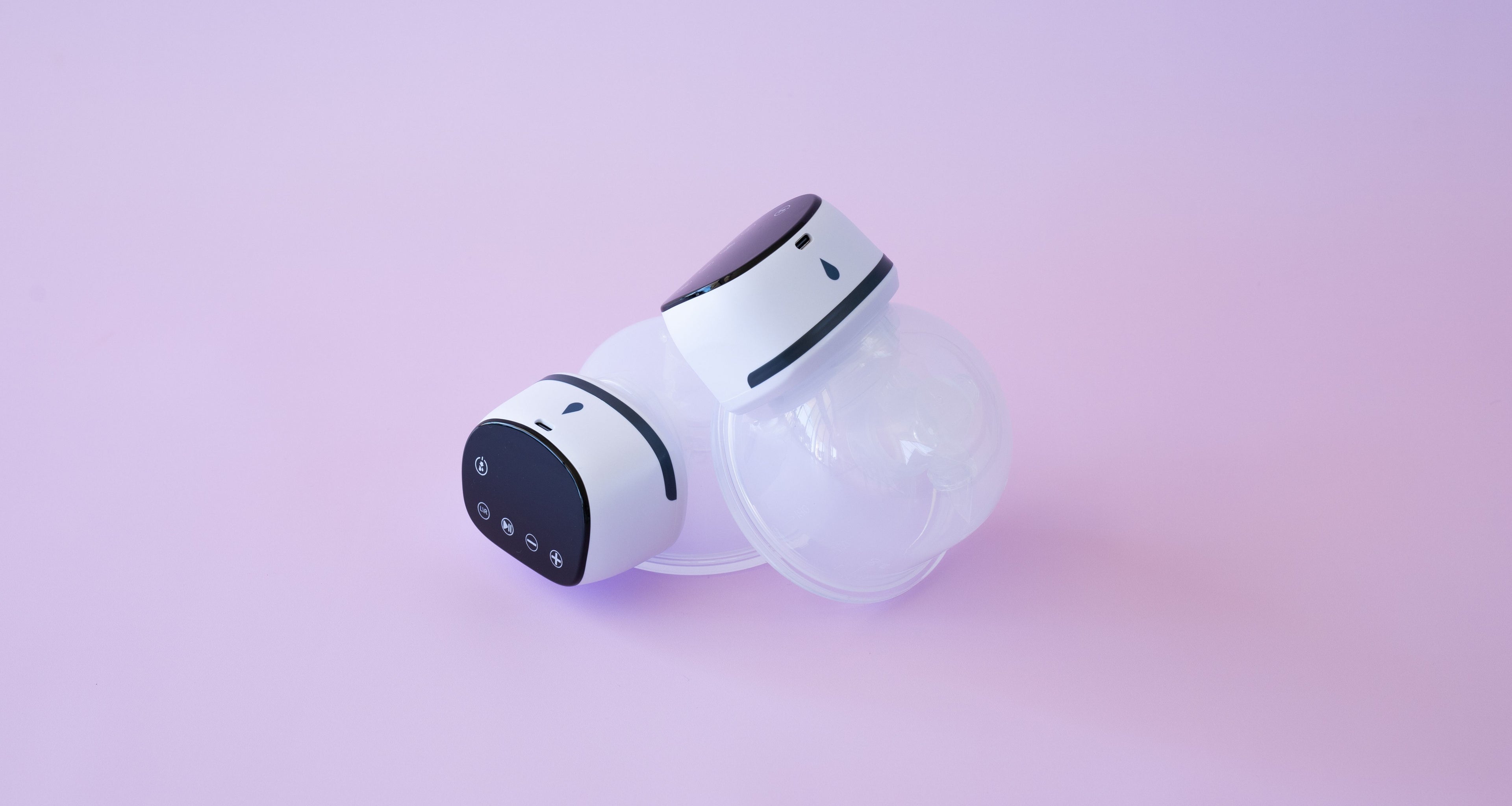HOW TO USE YOUR MILKDROP GOODIES
Wearable Pump
What's it for?
Before you use it
Get comfy
Getting sudsy
How-not-tos
What the experts say
Troubleshooting
Can I use this pump if I need to build up my milk supply?
It's falling off my breast?
Is there any way to make pumping more comfy with the wearable pump?
Need instructions for other Milkdrop products?
Love it? Try our other products

Sold out
On-The-Go Wearable Pump -
Regular price
From $109.00 USD
Regular price
$199.00 USD
Sale price
From $109.00 USD
Unit price
per
Sold out


